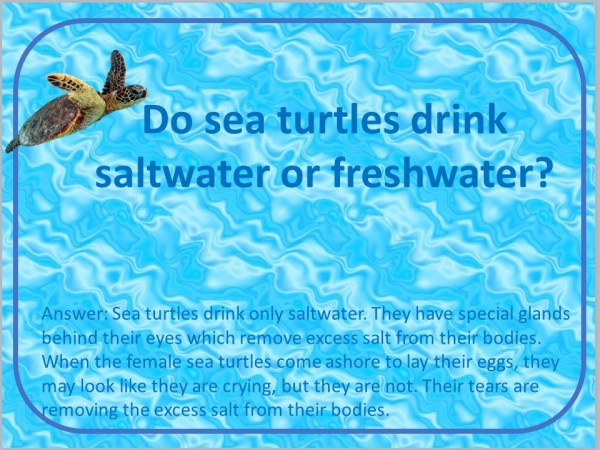
Learning about minibeasts in the classroom is a great way of engaging children with science knowledge, appreciation of nature, the interrelationships between people and the environment, sustainability, and caring for our planet. It fits beautifully into the science curriculum in an early childhood classroom when children are learning about living things, their needs, their external features, and their life stages.
With live minibeasts in the classroom, it is possible for children to observe all these aspects of a tiny creature. They can use their observations to consider how the life stages of minibeasts compare to those of others, including themselves.
My personal favourite minibeasts for the classroom are butterflies, but there are many others equally suitable; such as:
- Silkworms
- Meal worms
- Stick insects
- Cockroaches
- Spiders
The timing and choice may depend upon your location.
For Australians, Minibeast Wildlife is a great resource.
This week I have uploaded some new resources to support a unit of work about minibeasts in an early childhood classroom. These are resources I used for many years in my own classroom. I hope you find them useful too.

Butterfly diary is a free printable resource for recording observations of butterflies in the classroom. Observing the stages in these brief lives helps develop an appreciation for all life. Recording observations integrates science learning with other subject areas
Continue reading: Classroom minibeasts – Readilearn





